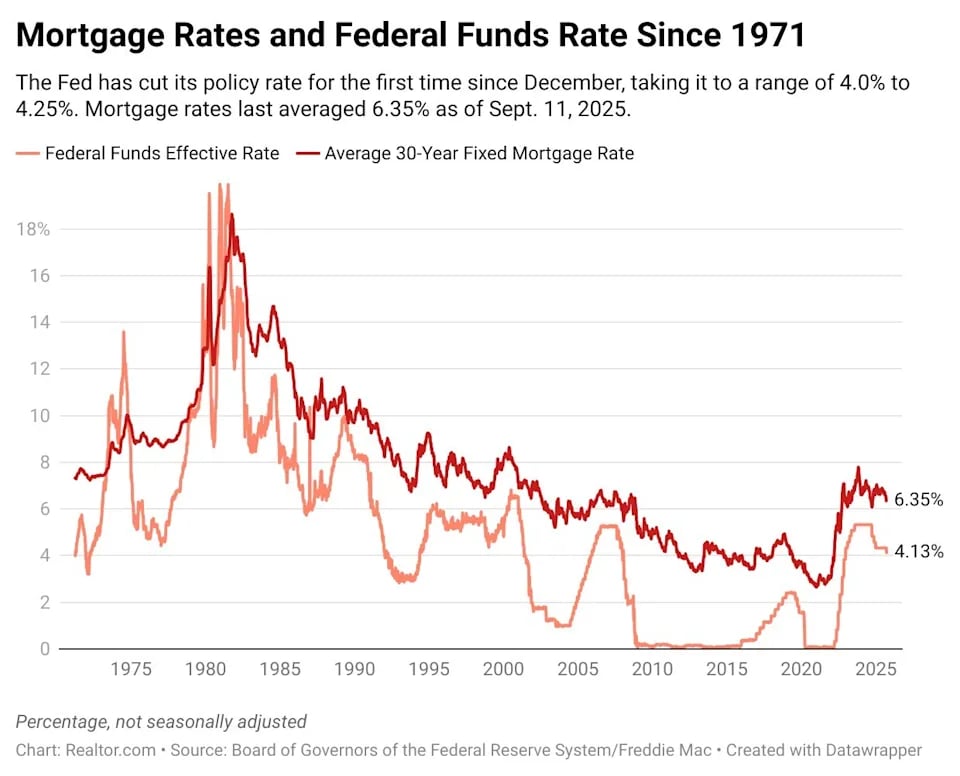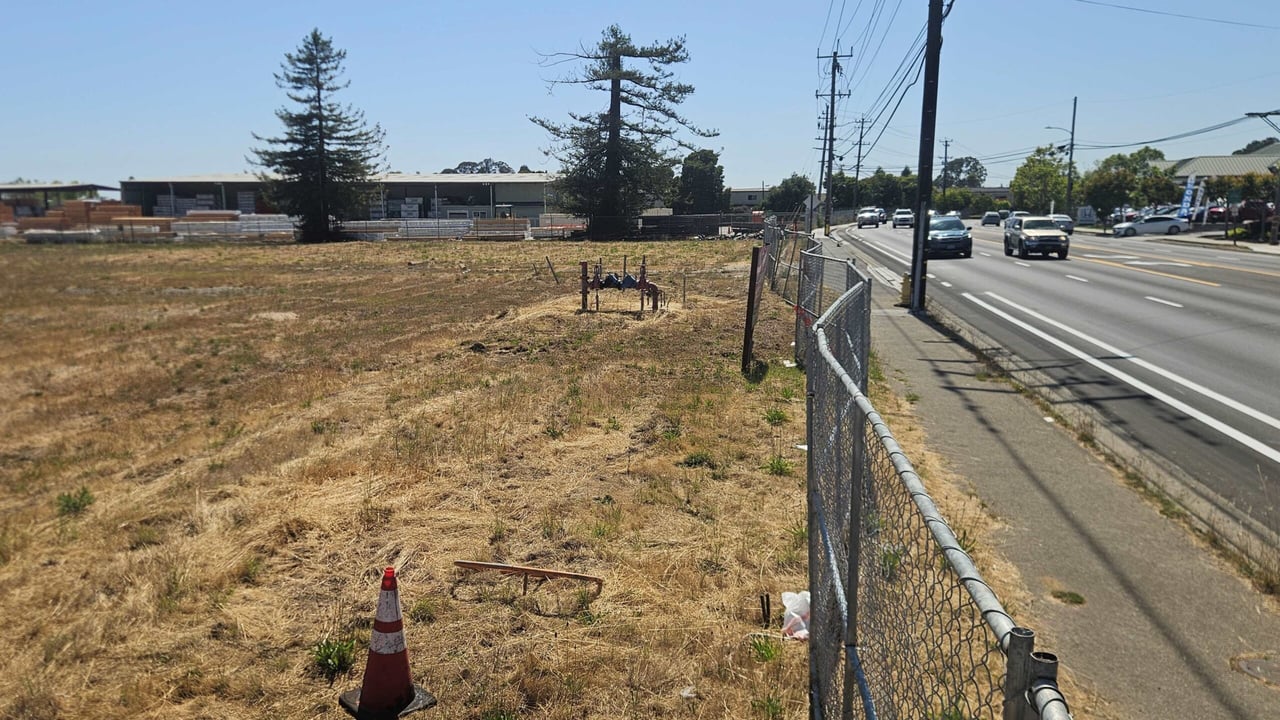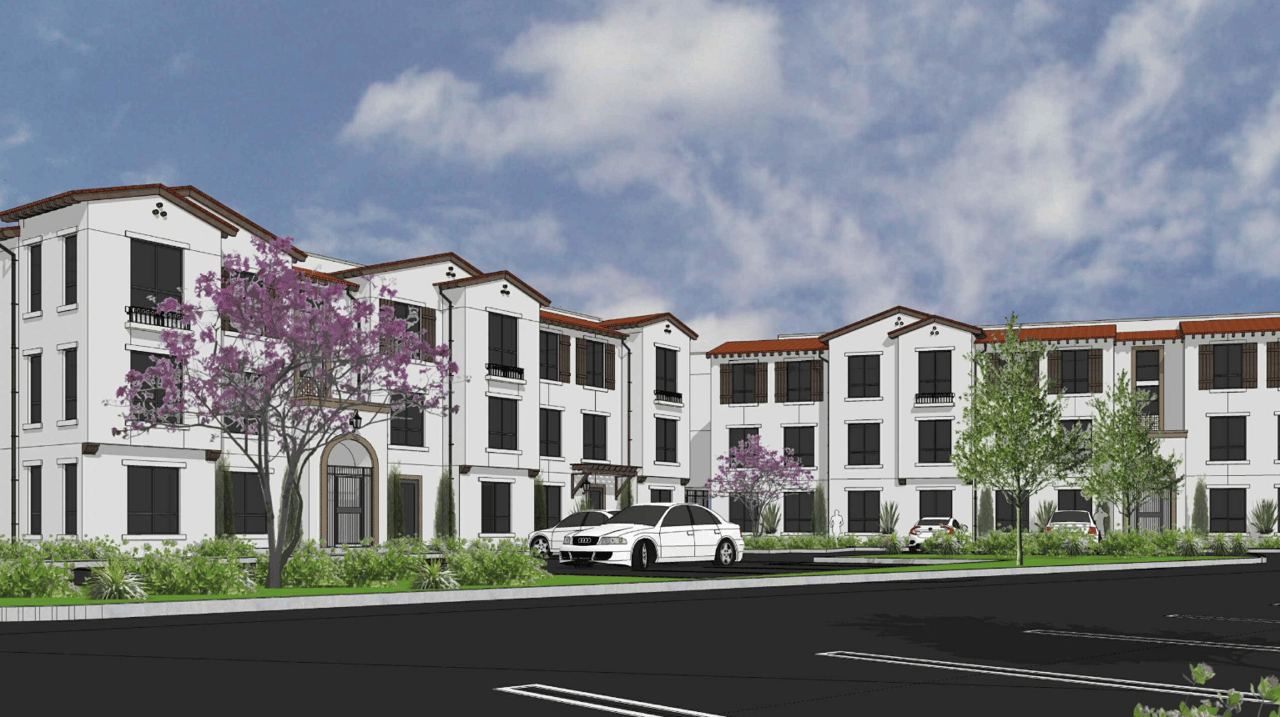Home buyers and home builders alike are rooting for interest rates to come down, and many are looking at the potential replacement of Federal Reserve Chairman Jerome Powell as a path to that outcome. If Powell is replaced before or at the end of his term in May 2026, the likely course of interest rates will largely depend on which candidate President Trump selects and how successfully they can navigate the competing pressures of political expectations versus economic reality. Rates on construction loans and mortgage rates will likely move differently, with construction financing potentially seeing faster relief due to its closer ties to Fed policy rates, while 30-year mortgage rates may remain elevated due to inflation concerns and term premium adjustments.
Leading Fed Chair Candidates and Their Attitudes
Trump has expanded his initial shortlist to include several candidates, each with distinct monetary policy philosophies:
Christopher Waller (Current Fed Governor) - Has emerged as the leading candidate with 50% odds on prediction markets. Waller recently dissented from the Fed's July decision to hold rates steady, advocating for a 25 basis point cut. He argues that monetary policy is "excessively cautious" and believes the Fed should act proactively based on forecasts rather than waiting for backward-looking data.
Kevin Hassett (National Economic Council Director) - A Trump loyalist who advocates for lowering rates by 1-1.5 percentage points to move policy from restrictive to neutral. Despite his political alignment with Trump, Hassett has emphasized the importance of Fed independence, stating that "everyone at the White House recognizes the critical importance of the Fed's independence".
Kevin Warsh (Former Fed Governor) - Has called for "regime change" at the Fed and supports aggressive rate cuts, arguing that the central bank's hesitation to cut rates "reflects poorly on them". Warsh represents a more radical policy shift, advocating for substantial departures from current Fed approaches.
Michelle Bowman (Current Fed Vice Chair for Supervision) - Has consistently advocated for three rate cuts in 2025, projecting rates to decline gradually toward neutral. She argues that proactive rate cuts would prevent unnecessary deterioration in labor market conditions.
Short-Term Rates (Such as Construction Loans)
Construction loan rates, currently ranging from 6.5-11.25%, are closely tied to short-term interest rates and Fed policy decisions. Under a Trump-appointed Fed chair:
Likely Scenario: Construction rates could decline by 1.5-2.5 percentage points within 12-18 months of a new chair taking office. This reflects:
- Direct correlation with the federal funds rate, which Trump wants reduced from 4.25-4.5% to potentially 1%
- Construction loans' variable rate structure makes them more responsive to Fed policy changes
- Current construction loan premiums of 200-400 basis points over the fed funds rate could compress as credit conditions ease
Timeline: Construction financing relief would likely begin within 6 months of a new chair's appointment, as these rates adjust quickly to Fed policy changes.
Long-Term Rates (Such as 30-Year Mortgages)
30-year mortgage rates, currently averaging 6.6-6.9%, face a more complex trajectory due to their sensitivity to inflation expectations and term premiums:
Initial Response: Mortgage rates might initially decline by 0.75-1.0 percentage point following announcement of a dovish Fed chair, as markets price in expected policy easing.
Medium-Term Challenges: However, several factors could limit sustained declines:
- Inflation Concerns: Trump's tariff policies could reignite inflation pressures, keeping long-term rates elevated
- Credibility Premium: Markets may demand higher term premiums if Fed independence is perceived as compromised
- Treasury Market Dynamics: 10-year Treasury yields, which drive mortgage rates more than Fed policy, may remain elevated due to fiscal concerns
Realistic Range: 30-year mortgage rates likely settle in the 5.5-6.3% range by late 2026, representing modest improvement from current levels but remaining well above pandemic-era lows.
Market Implications
The appointment of a Trump loyalist could bring a variety of reactions:
Political Pressure Concerns: Trump has explicitly stated he wants "low-interest people" and expects the next Fed chair to cut rates aggressively. This may put tension on the Fed’s dual mandate, depending upon inflation’s trajectory.
Market Reaction Scenarios:
- Positive: If markets believe the new chair will balance Trump's demands with economic prudence (likely with Waller), rates could decline gradually
- Negative: If the appointment is seen as compromising Fed independence (possible with Hassett), long-term rates could actually rise despite lower policy rates (long-term rates respond to inflation expectations)
Construction vs. Mortgage Rate Dynamics
The divergence between short-term construction financing and long-term mortgage rates reflects their different fundamental drivers:
Construction Loans benefit from:
- Direct sensitivity to Fed policy rates
- Shorter duration reducing inflation risk premiums
- Variable rate structures that adjust quickly to policy changes
- Current elevated spreads that could compress with easier policy
30-Year Mortgages face headwinds from:
- Dependence on long-term Treasury yields (which are affected by budget deficits) rather than Fed policy rates
- Sensitivity to inflation expectations and term premiums
- Market concerns about the federal budget deficit/debt
- Structural factors including agency mortgage-backed securities dynamics
Strategic Implications for Housing Markets
For Builders: Construction financing costs should decline meaningfully, potentially spurring new home demand.
For Homebuyers: Mortgage rates would likely decline modestly, but the bond market’s reaction will dictate by how much.
The trajectory of interest rates under a new Fed chair will ultimately depend on how successfully they balance political pressure for aggressive easing against the economic realities of persistent deficits and inflation risks.
-Brad Hunter, Forbes Real Estate, August 13, 2025




